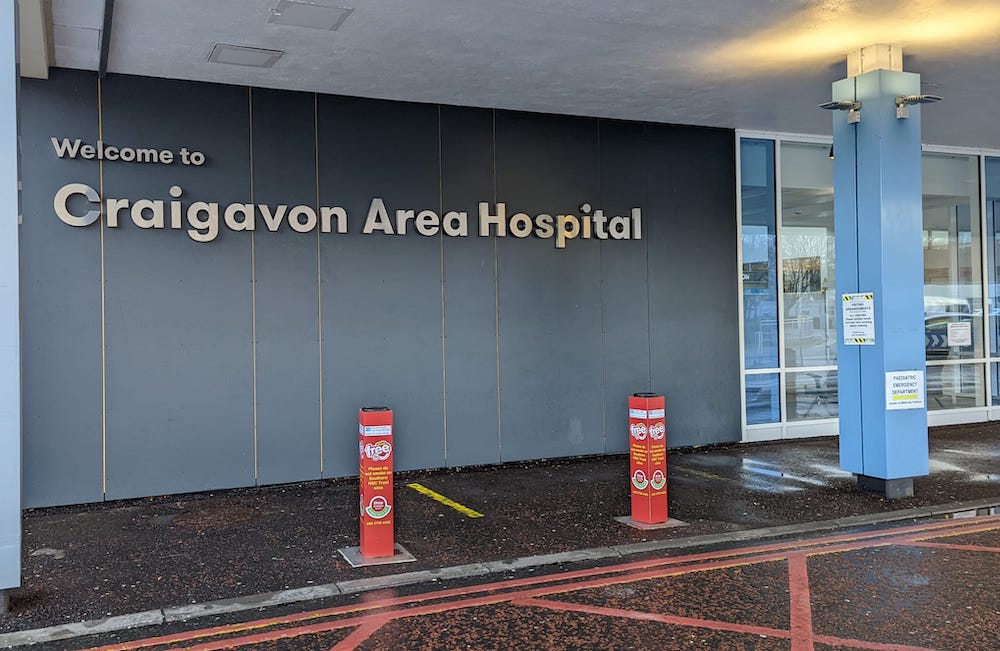
New figures released by the Department of Health indicate that nearly 18,000 people are registered with prediabetes in the Southern Health and Social Care Trust.
Prediabetes, also known as non-diabetic hyperglycaemia, is where a person’s blood sugars are higher than usual, but not high enough for them to receive a diagnosis of type 2 diabetes.
Overall, in Northern Ireland, the number of people diagnosed with prediabetes has risen by 11.4%, from 66,000 to 73,500.
The report, which takes into account patients aged 17 and above, also highlights an increase in the number of people registered with diabetes across the five healthcare Trusts.
Registered cases of the condition have increased from just under 112,000 to almost 115,000 over the last 12 months.
The data reveals that in the Southern Trust area, 22,155 people are registered with diabetes.
For prediabetes, the figure is 17,841.
Prevalence reporting has been in place for approximately 20 years, with the 2023/2024 figures highlighting that diabetes diagnoses have more than doubled since then.
Prediabetes prevalence reporting was first introduced in last year’s report, indicating that 66,000 people were registered with prediabetes at that time.
Diabetes UK Northern Ireland Interim National Director, Roxanne Small, said: “These new figures are significant in showing us that nearly 200,000 people are living with, or at risk of diabetes in Northern Ireland.
“In our work, we see first-hand how it is an incredibly tough and relentless condition that can have a huge impact on a person’s life – therefore, it is vitally important that people are aware of the resources and support available to help manage their health and wellbeing.”
She added: “Whilst the reporting of prediabetes cases is relatively new for Northern Ireland, the increase we’ve seen over the last year is considerable. We strongly believe that greater awareness and reporting across the region have played a strong role in this rise.
“Prediabetes has been a real topic of conversation when speaking with members of the public as they are keen to understand more about it and how they may be able to reduce their risk of developing type 2 diabetes.”
It is unlikely for people with prediabetes to experience any of the traditional diabetes symptoms (the 4Ts – Toilet, Thirsty, Tired, Thinner).
For those who may have concerns, it is recommended that they contact their GP surgery to request a blood test.
The most common test checks a person’s HbA1c levels, which are their average blood glucose levels over the last two to three months.
HbA1c levels between 42mmol/mol – 47mmol/mol are considered higher than normal and suggest a higher risk of developing type 2 diabetes.
Roxanne continued: “We understand that for some people it may feel that a prediabetes diagnosis means that type 2 diabetes is certain, however, this is not always the case. While you may be at a higher risk of developing type 2 diabetes, many people can reduce their risk, and it may be possible to prevent or delay the condition from developing.
“For anyone with concerns, we really encourage you to contact your healthcare team and reach out to our team for local support.”



